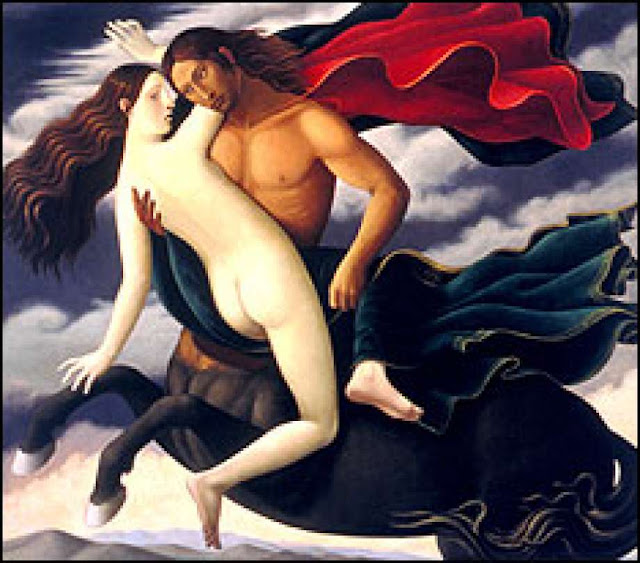Saint Christiana (Nino) and her “living cross”, (c. 296 – c. 338 or 340)
Christiana belonged to a Greek-speaking Roman family from Kolastra, Cappadocia, and was a relative of Saint George. She came to Georgia (ancient Iberia) from Constantinople. Other sources claim she was from Rome, Jerusalem or Gaul. According to legend, she performed miraculous healings and converted the Georgian queen, Nana, and eventually the pagan king Mirian III of Iberia, who, lost in darkness and blinded on a hunting trip, found his way only after he prayed to "Nino’s God". Mirian declared Christianity the official religion (c. 327) and Nino continued her missionary activities among Georgians until her death.
According to the legend, Nino received a vision where the Virgin Mary gave her a grapevine cross and said: "Go to Iberia and tell there the Good Tidings of the Gospel of Jesus Christ, and you will find favour before the Lord; and I will be for you a shield against all visible and invisible enemies. By the strength of this cross, you will erect in that land the saving banner of faith in My beloved Son and Lord." She secured the cross with a lock of her own hair, forming “a living cross”
Vladimir Guk
St. Nina of Georgia
Nino, having witnessed the conversion of Iberia to Christianity, withdrew to the mountain pass in Bodbe, Kakheti. St Nino died soon after; immediately after her death, King Mirian commenced with the building of monastery in Bodbe, where her tomb can still be seen in the churchyard. More on Saint Christiana (Nino)
Please visit my other blogs: Art
Collector, Mythology, Marine
Art, Portrait of a Lady, The
Orientalist, and The Canals of
Venice, And visit my Boards
on Pinterest
Images are copyright of their
respective owners, assignees or others. Some Images may be subject to copyright
I don't own any of these images -
credit is always given when due unless it is unknown to me. if I post your
images without your permission, please tell me.
I do not sell art, art prints, framed
posters or reproductions. Ads are shown only to compensate the hosting
expenses.
If you enjoyed this post, please share
with friends and family.
Thank you for visiting my blog and also
for liking its posts and pages.
















